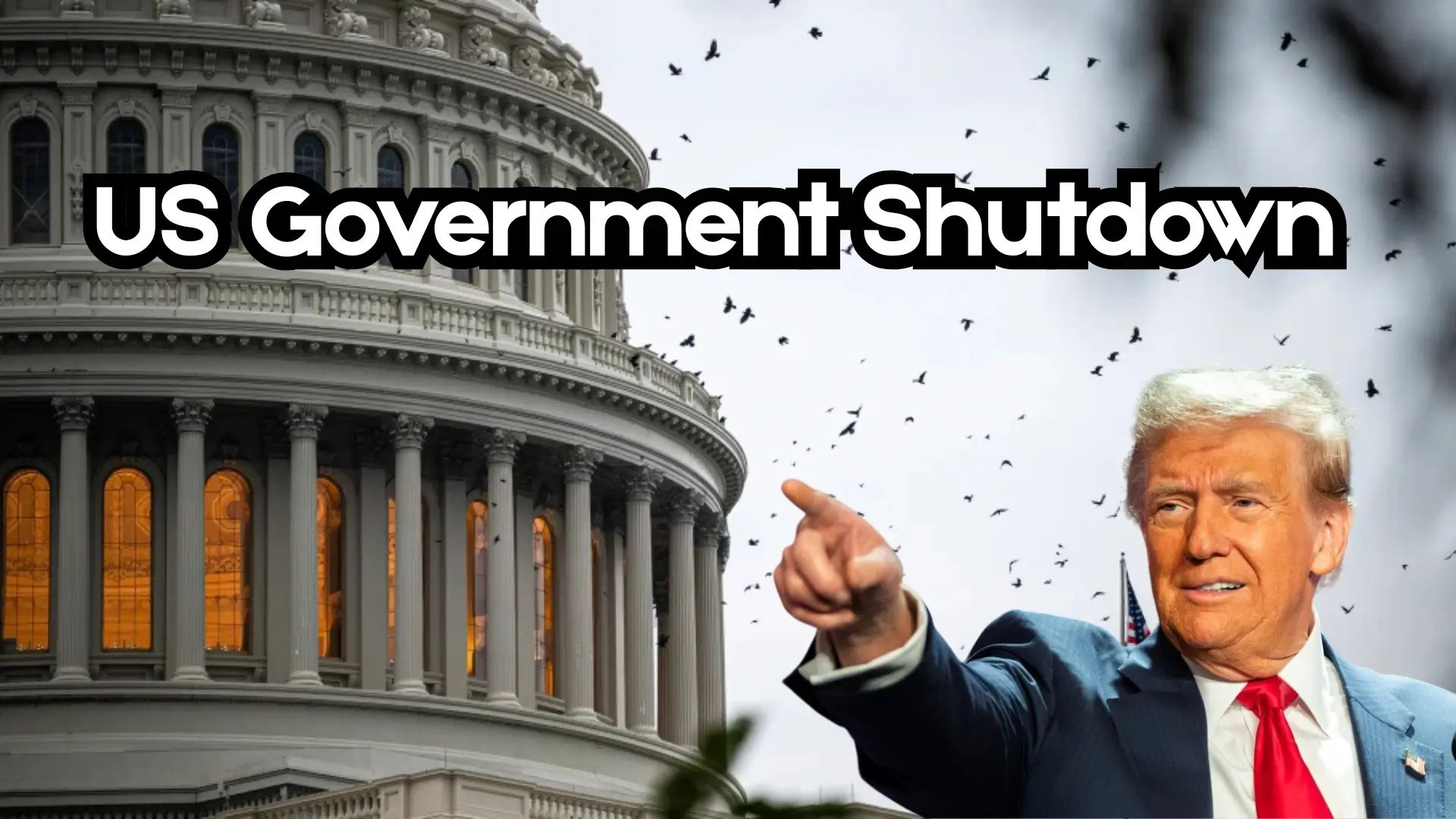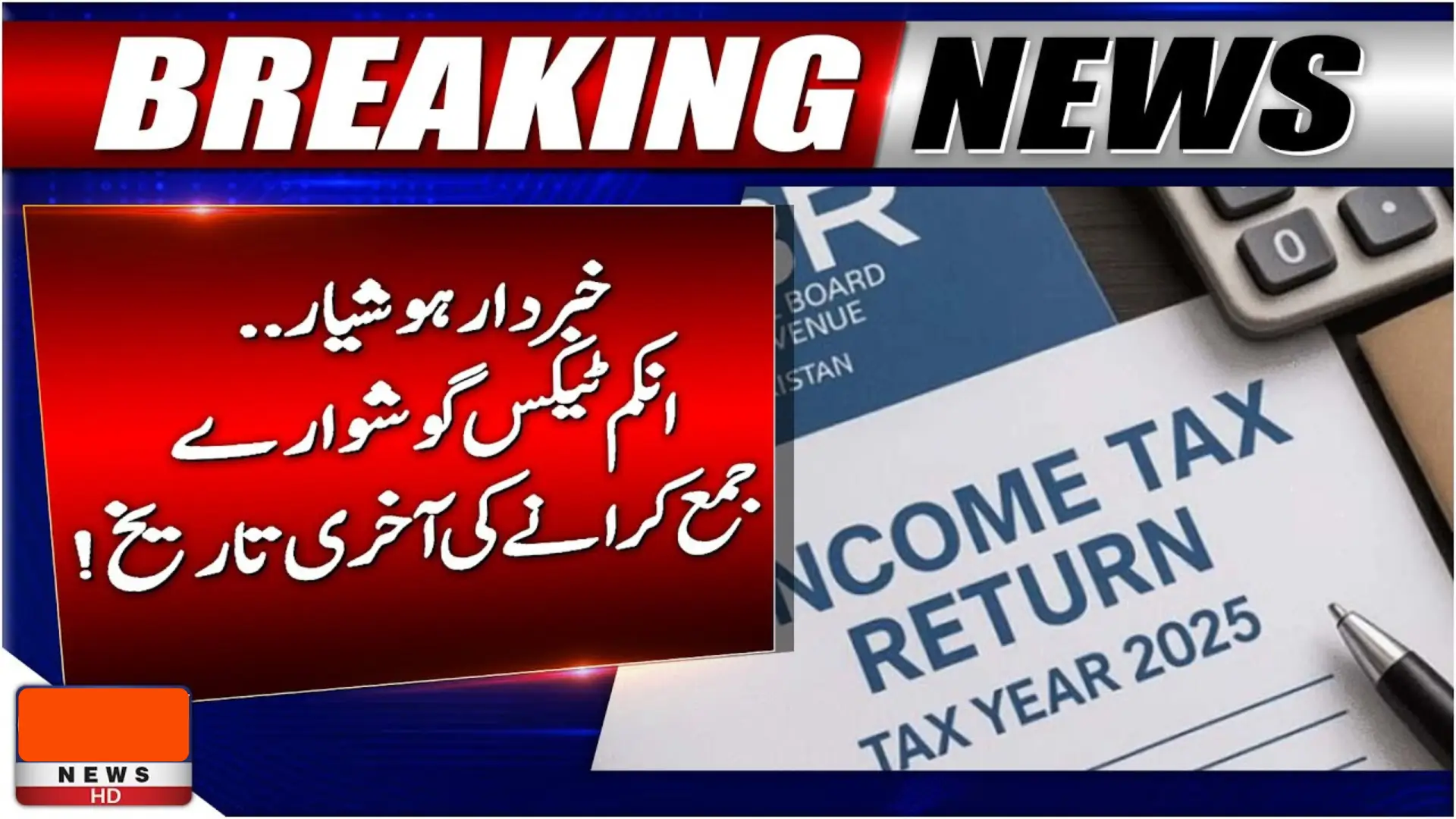The US Government Shutdown 2025 has entered its sixth day, with no clear sign of resolution. Both Democratic and Republican lawmakers have failed to pass funding bills, leaving several federal departments without money to operate. The ongoing shutdown is now affecting air traffic, federal workers, and essential government services across the country.
US Government Shutdown 2025 Enters Sixth Day
The United States government remains partially shut down as Congress struggles to find a compromise. On Monday, two funding bills—one from Democrats and one from Republicans—failed to receive the 60 votes needed in the Senate.
| Bill Type | Votes Received | Votes Required | Result |
|---|---|---|---|
| Democratic Funding Bill | 45–55 | 60 | Failed |
| Republican Funding Bill | 52–42 | 60 | Failed |
This political deadlock shows the deep partisan divide in Washington. The failure to pass these bills means that federal workers continue to face furloughs or delayed salaries, while several public operations stay suspended.
Trump Urges Democrats to Reopen the Government
Former President Donald Trump has urged Democrats to reopen the government immediately and resume negotiations afterward. On social media, Trump stated he was “ready to work with Democrats on healthcare and spending priorities” but only after they agreed to end the shutdown first.
He criticized Democratic lawmakers for “putting undocumented immigrants before American citizens,” arguing that the delay in reopening the government would hurt federal employees and families nationwide.
Trump’s administration also warned that a longer shutdown could cause large-scale layoffs and long-term service disruptions.
Democrats Ready to Negotiate
Senate Minority Leader Chuck Schumer responded by saying that Democrats are open to negotiations, but accused Trump and Republicans of misrepresenting the situation.
Schumer stated,
“For months, Democrats have been calling on President Trump and Congressional Republicans to work with us to deliver lower costs and better healthcare for the American people. If they are serious, we are ready to act.”
Democrats have proposed compromise funding measures that include healthcare, education, and infrastructure support. However, without bipartisan agreement, government agencies remain unfunded and thousands of employees continue to wait.
Impact on Federal Services
The shutdown’s impact is now being felt across several critical sectors, especially aviation and public administration.
Air Traffic Control Disruptions
Airports across the United States are facing staff shortages in air traffic control towers. This shortage has caused some airports to delay or cancel flights.
| Airport | Status | Impact |
|---|---|---|
| Burbank (CA) | ATC ZERO | Flights temporarily suspended |
| Newark (NJ) | Delays reported | Staffing shortage |
| Denver (CO) | Minor delays | Reduced ATC personnel |
| Detroit (MI) | Limited operations | Controllers working without pay |
| Phoenix (AZ) | On-time | Risk of future delay if shutdown continues |
“ATC ZERO” means no air traffic control operations can take place—causing complete flight suspensions until staffing resumes
Federal Employees and Public Services
Beyond aviation, the shutdown has also paralyzed other federal departments, leaving thousands of workers on unpaid leave. Some continue to work without pay to keep essential services running.
Affected areas include:
- Immigration processing
- Tax services
- National parks and museums
- Federal research programs
- Social and health agencies
Other Trump’s Latest Policy Moves
In addition to the funding crisis, President Trump has announced a 25% tariff on medium and heavy-duty truck imports, effective November 1, 2025.
This new policy is part of his “America First” trade strategy, aimed at protecting U.S. manufacturing from foreign competition. Economists, however, warn that the tariffs could lead to higher transport costs and pressure on small businesses.
Political Reactions and Blame Game
The political blame game continues to escalate.
- Republicans accuse Democrats of blocking essential funding and focusing on unrelated policy agendas.
- Democrats claim Republicans are unwilling to compromise on healthcare and budget priorities.
This deadlock has left millions of Americans frustrated, as key services remain suspended and uncertainty grows over when operations will resume.
Public Opinion and Economic Impact
Public sentiment is turning negative as the shutdown drags on. Many citizens express anger over missed paychecks, airport chaos, and stalled services.
Economists warn that if the shutdown continues:
- GDP growth may decline by up to 0.2% per week.
- Small businesses relying on government contracts could face financial losses.
- Tourism and transport industries will suffer due to delayed flights and fewer government-backed events.
What Happens Next
For now, the Senate remains at a standstill. Lawmakers on both sides are calling for compromise, but progress is slow. If no deal is reached soon:
- Federal employees will miss another pay cycle.
- Public safety services like air traffic and border control may weaken.
- The national economy could experience short-term instability.
Until Congress agrees on a new funding bill, the United States will continue facing a partial government shutdown, with essential workers and public services caught in the middle
Key Facts About the US Government Shutdown 2025
| Category | Details |
|---|---|
| Cause | Failure to pass Senate funding bills |
| Duration (as of now) | 6 days |
| Main Issue | Partisan disagreement over spending & healthcare |
| Key Figures | Donald Trump, Chuck Schumer |
| Major Impact | Air traffic delays, unpaid federal workers |
| Next Steps | Senate negotiations to pass new funding bil |
Conclusion
The US government shutdown 2025 continues as the Senate fails to pass funding bills. Air traffic control, public services, and federal employees are already feeling the impact.
While Trump urges Democrats to reopen the government, Democrats say they are willing to negotiate only if Republicans come forward with genuine compromise proposals.
Until then, federal services will remain stalled, and millions of Americans will continue facing the financial and operational consequences of this political standoff.
FAQs About US Government Shutdown 2025
1. Why did the US government shut down in 2025?
The shutdown happened because Congress failed to agree on funding bills due to political differences between Democrats and Republicans.
2. How long has the shutdown lasted?
As of now, the shutdown has entered its sixth day, but it may continue until a new funding bill is passed.
3. Which services are affected by the shutdown?
Air traffic control, immigration, tax offices, and several other federal departments are affected. Many employees are working without pay.
4. What is President Trump’s position?
Trump urges Democrats to reopen the government first, saying he’s willing to negotiate healthcare and other priorities afterward.
5. When will the shutdown end?
The shutdown will end only when both parties in Congress agree on a funding bill to restore federal operations.















